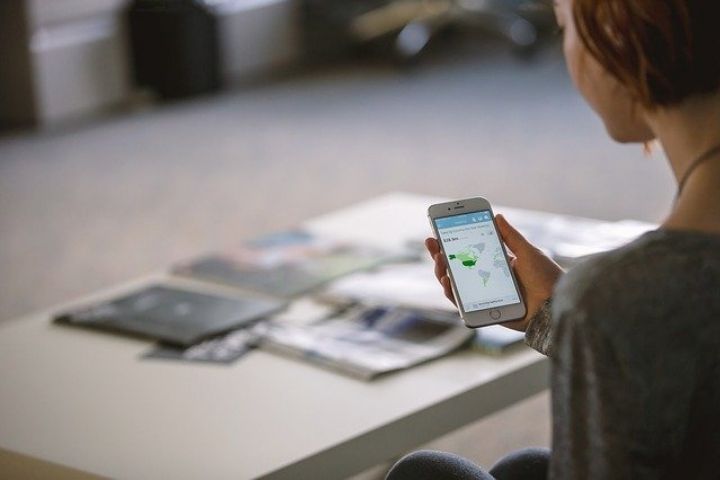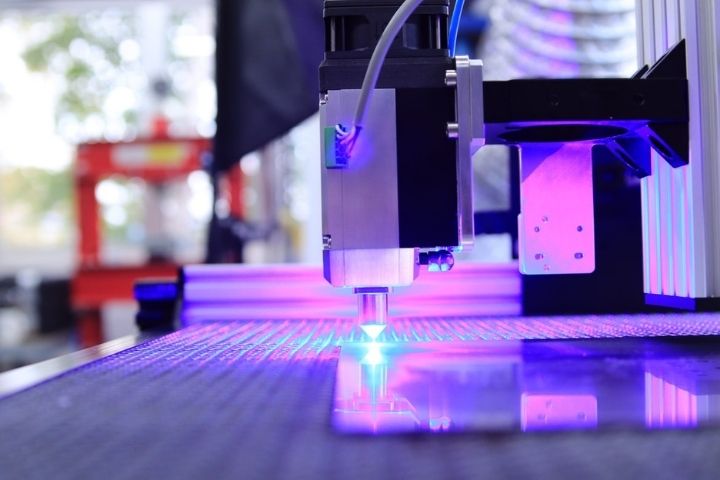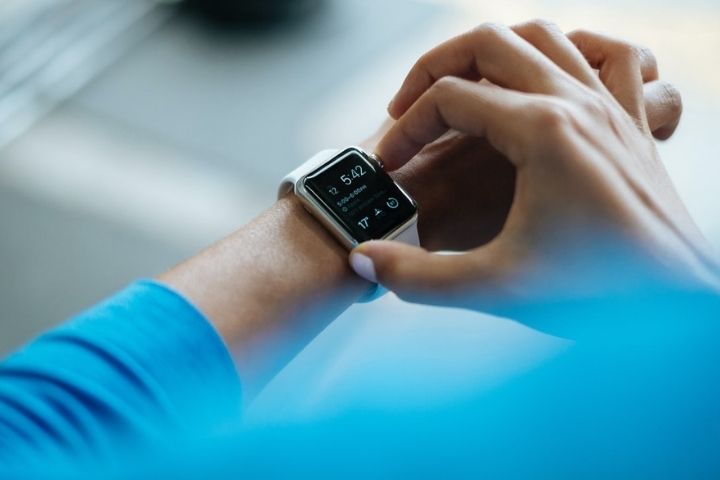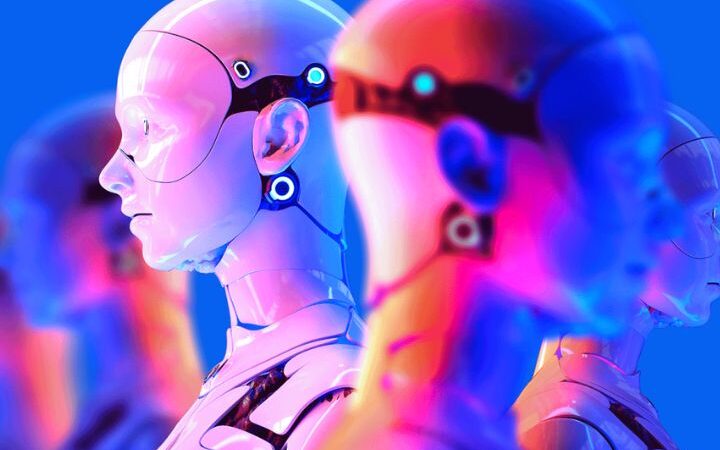Teleporting To The Tech Of Tomorrow: What The Future Of Accessibility Looks Like

Accessibility and accessible technology have come a long way over the years. The technological revolution caters to all consumers, including those with disabilities.
For example, Lively Direct revolutionized the smartphone industry by putting accessibility first with their Jitterbug Smart3, which features a larger screen, more oversized buttons, and Alexa voice service. That means the phone caters to a range of people, from the elderly to people with disabilities.
But Lively Direct isn’t the only industry leader with accessibility concerns. Several other innovations will transform accessibility in the not-too-far-off future. Here’s a glimpse into how the future of accessible tech will enter our lives.
Table of Contents
Facial Scanning
It may seem like something out of a Bond film, but nowadays, it’s a cakewalk to open your phone or other devices using a fingerprint or facial scan.
Facial scans are an excellent, accessible alternative for those who struggle with typing or stabilizing their hands for a thumbprint. Instead, the scanner reads your face for several unique, recognizable features and grants you phone access that way.
This upgrade has the potential to improve security for mobility-impaired users wishing to lock their phones without hassle.
Self-Driving Cars
The open road is one of the prominent symbols of American freedom, but it isn’t open to everyone. Driving often isn’t an option for disabled people, including:
- People in wheelchairs
- People with limited mobility
- Partially sighted people
- Neurodivergent/atypical people
This limited accessibility can lead to feelings of isolation and severely restrict disabled people’s interactions with people outside their house.
Self-driving cars remove risks and improve social lives by putting the driving squarely in the hands of the vehicle. Naturally, this advancement comes with caveats. Cars would have to meet a certain standard of automatic driving to be safe. Alternatively, pre-programmed routes would control the vehicles, much like with self-driving metro cars.
Though self-driving cars might not be able to do everything human-driven vehicles can do, they would be a sure upgrade from the housebound state that modern-day driving forces many disabled people into.
3D Printing

3D Printing doesn’t immediately say accessibility to the casual observer. However, as 3D-Printing software becomes more prevalent, companies have become able to offer better, more innovative, and more affordable prosthetics to:
- Paraplegics
- Quadriplegics
- People with limb loss
This printable prosthesis is particularly beneficial to children, who grow quickly and need their prostheses changed regularly.
Voice Assistants

With the rise in assistants like Alexa and Google Home, voice assistants have gone from an accessibility add-on to standardized technology.
This upgrade can significantly improve the lives of partially sighted people by remotely controlling functions around their homes. Voice assistants also provide a new and innovative way to start navigating the internet.
But this is bigger than getting more people to access Google. Partial sight comes with a significant risk of isolation, loneliness, and depression. The integration of voice assistant software into internet navigation opens up all kinds of connective possibilities and alleviates those risks.
It also foretells a more thoughtful, more intelligent voice assistive software design, something many feel can’t come soon enough.
Wearable Technology

As more and more people invest in wearable tech, it’s becoming an integral part of society.
This innovation has exciting ramifications for accessibility as it makes it possible to connect more people than ever before. It also opens up means of communication not previously available to:
- People with impaired fine motor skills
- People who require hands-free technology
- Braille/ large print and voice-to-text users
Already some wearable tech has begun integrating accessibility features. The Dot Watch, which displays text messages in Braille, is an excellent example.
Wrapping Up
As technology changes, so do the world people live in. Sometimes that can be daunting, but other times that means barrier-breaking, world-altering technologies.
The ever-evolving state of the tech market promises a future where more people than ever before can be independent, thriving members of society.






